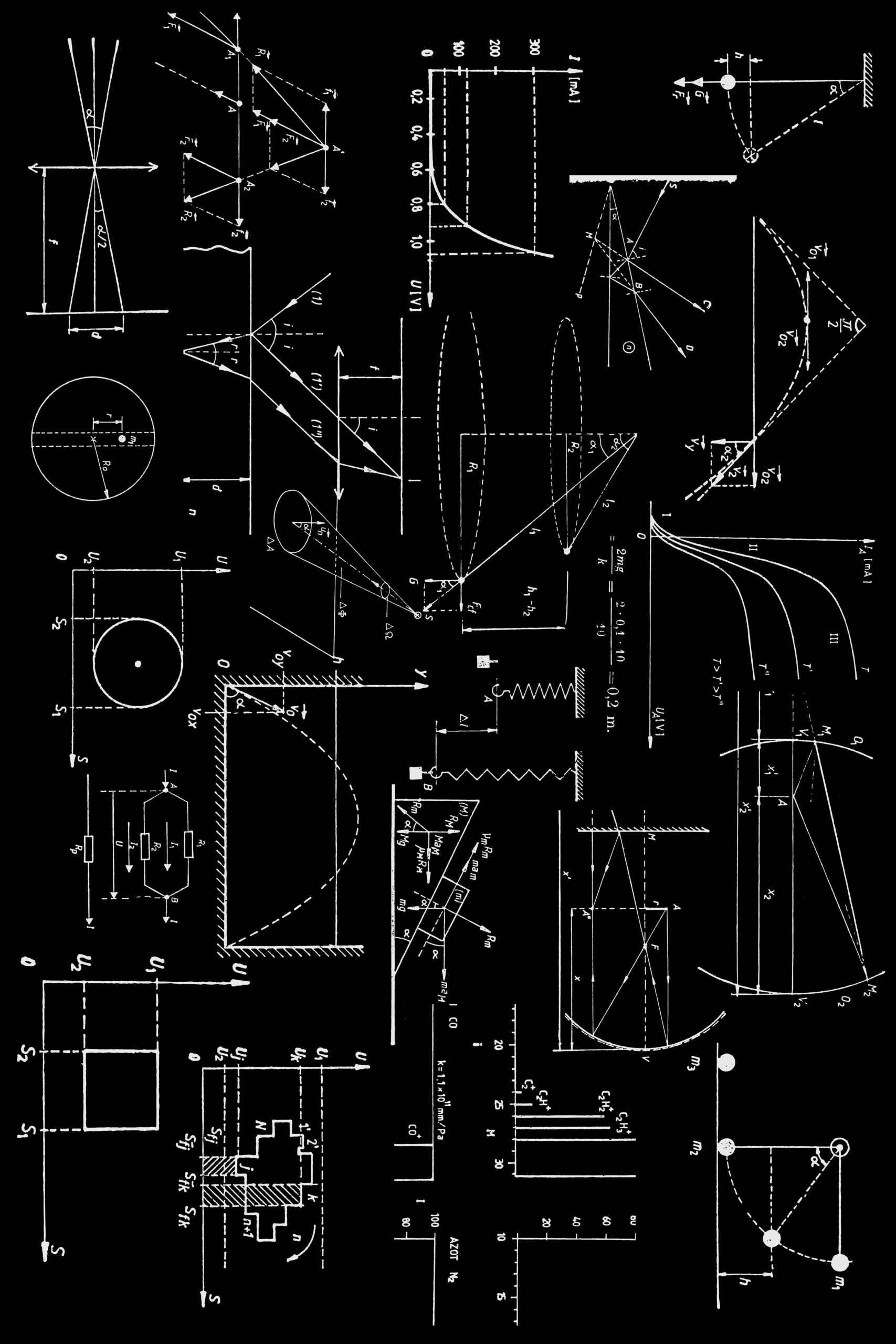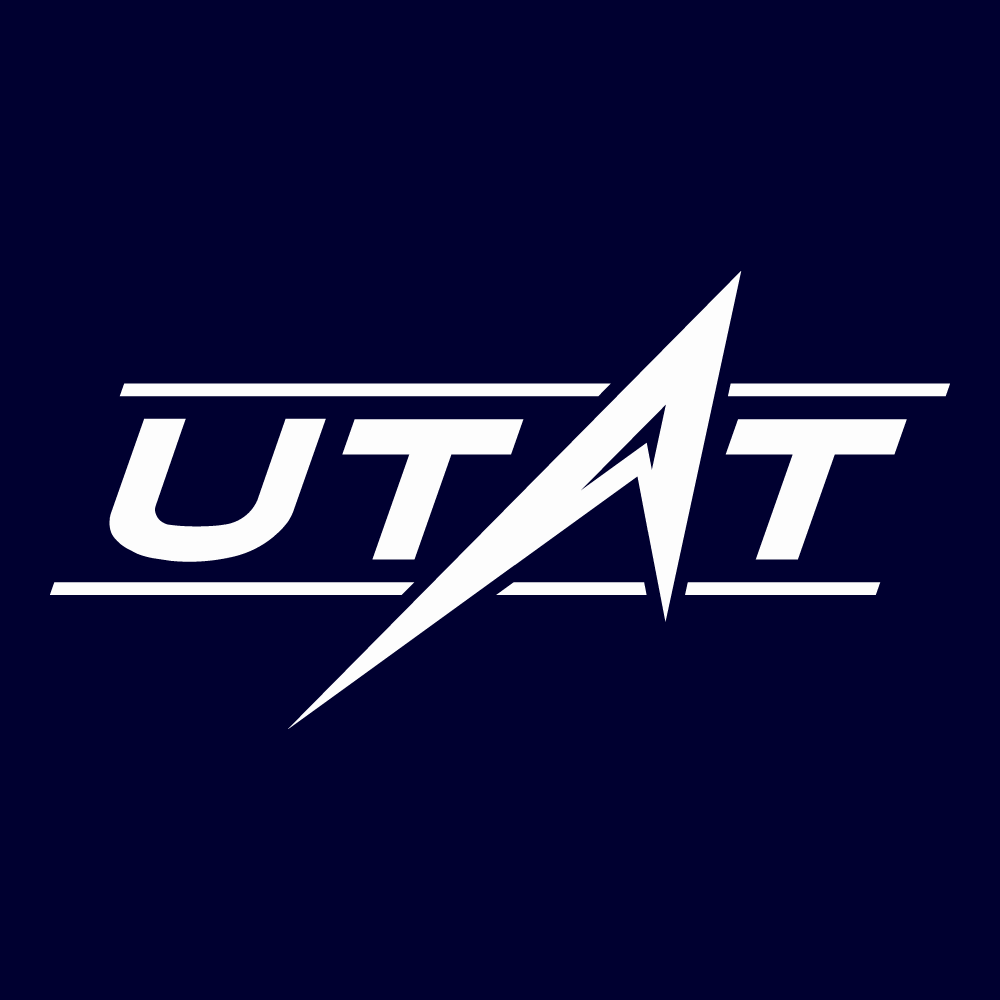Q: Why is it best to teach physics at the edge of a cliff?
A: Because that’s where students have the most potential.
What is Engineering Physics?
The Engineering Physics major applies cutting-edge research in physics and engineering to innovations in modern technologies. Engineering physicists work across a variety of industries, developing instruments for use in experiments (such as a gravitational wave observatory) or devices that harness physical phenomena (such as advanced nanomaterials for solar energy, quantum computers, and cancer therapies). They may model complex natural phenomena, from the inner workings of cells to the formation of entire solar systems.
The Engineering Physics major is suited for those with a strong interest in pure or applied physics who see its creative possibilities. It provides students with both specialized physics and engineering courses. Having been a part of the EngSci program for almost six decades, EngPhys has a long history of innovation and successful graduates.
Engineering Physics includes specialized physics and engineering design courses. Courses cover concepts from theoretical and applied physics to pure and applied math and computer science. They are taught by professors from U of T’s Departments of Physics, Mathematics, Chemical Engineering & Applied Chemistry, Electrical & Computer Engineering, and more.

Why Choose Engineering Physics?
Why Choose This Major?
You’re interested in:
- Particle physics, cosmology, quantum optics, planetary physics, theoretical physics, mathematics, and more
- Combining physics and engineering design in fields such as optics, energy generation, astrophysics, electronics, climate, geophysics, economics, and more
- Research! Physics is a field that is always rich in researchers and research topics, both theoretical and experimental. In Engineering Physics, you’ll learn about recent experiments regarding current theories. Your coursework will provide an excellent foundation for graduate studies.
- The “Science” part of “Engineering Science”
Many fields and industries require physics where you might not expect it. Engineering physicists might work at environmental agencies to develop models of complex systems, like Earth’s atmosphere. Furthermore, the fields of econophysics and quantitative finance are growing rapidly as financial companies recognize the usefulness of math and modeling from physics in predicting systems like the stock market.
Where Can This Major Take You?
Recent EngSci Engineering Physics graduates have pursued graduate studies at top universities such as:
- Cambridge University
- Carnegie Mellon University
- Cornell University
- Harvard University
- MIT
- Stanford University
- UC Berkeley
- University of Toronto
Sample employers for recent Engineering Physics graduates include:
- AMD
- Citigroup
- HP
- MDA
- McKinsey & Company
- RBC
Courses in Year 1 and Year 2 That Relate to Engineering Physics
Work in modern physics requires a large skillset; almost every course in first and second year will provide you with some necessary skills for Engineering Physics. Below are some brief overviews of how each course relates to this major.
Year 1
PHY180 will introduce you to classical mechanics, which can describe anything on a human-sized scale. The principles of classical mechanics, such as energy and momentum, are also frequently used in modern physics. Furthermore, the semester-long pendulum lab report is a great introduction to physical experimentation and scientific writing.
MSE160 is divided into two parts. The first half of the course will cover fundamentals of molecular science such as electrons, photon emission, the electromagnetic spectrum, and crystal structures of materials. The second half will discuss material properties derived from classical mechanics, such as stress, shear, and tension (which you would have first encountered in CIV102).
CIV102 applies the physics of materials and static systems in structural design. The questions you will see on assessments involve solving systems with many unknown variables, which is common in physics.
ECE159 will start from the basics of circuitry, eventually covering more advanced circuit analysis techniques. Electricity is a fundamental force in physics; this course provides a strong foundation for future coursework in the field. Through the hands-on labs, you’ll learn how to build certain types of circuits and use various electrical measuring instruments.
ESC103 and MAT185 will introduce you to the basics of linear algebra, and computational programming with MATLAB. Linear algebra is used all over physics, such as in Hermitian matrices in quantum mechanics, which you will learn about in second year. Computational programming is one of the most useful skills you can have for research or modeling, especially for physics.
ESC180 will introduce you to computer programming in Python, which is commonly used for scientific computing and machine learning (both of which are important to an engineering physicist). ESC190 will introduce you to C, a low-level programming language better suited for embedded programming and high-performance code. The course focuses on data structures and algorithms, which can help solve complex real-world problems.
ESC101 and ESC102 take you through the entire engineering design process, from research, prototyping, testing, and verification. While these courses may not involve very complex math and physics, they will expose you to common practices in the development of experiments, devices, and instruments. For example, Praxis I and II will require you and your team to conduct scholarly research into engineering opportunities, reference designs, and design decisions. Furthermore, you will be required to verify the validity of your solutions through codes, standards, and testing, approximating rigorous industry-standard testing practices for your own purposes.
Year 2
PHY293 covers waves and the basics of general relativity. In physics, you can model objects and phenomena as waves, and this course gives you the mathematical tools to do so. This course’s introduction to general relativity is essential, since the two largest branches of physics today are quantum mechanics and general relativity.
PHY294 is divided into two halves, with quantum mechanics and thermal physics in the first and second halves, respectively. Both fields are essential in modern physics. The quantum mechanics part covers mathematical theory and the crucial experiments that resulted in important observations in quantum mechanics. The thermal physics part covers statistical mechanics and gas laws.
CHE260 is another two-part course, where both halves are built upon basic chemistry and classical mechanics. The thermodynamics half covers energy, heat, work, and entropy. The heat transfer half covers conduction, convection, and radiation, and how an object’s geometry and material can affect the rate at which it heats up and cools down.
ECE259 combines fundamental physics with useful techniques from vector calculus to explore features of electricity like electric force, voltage, current, and field strength.
AER210 is another two-part course which extends your calculus knowledge from first year. In the first half, you will extend your calculus knowledge into 3D and learn about multiple integrals and vector calculus. In the second half, you’ll study fluid mechanics and apply your knowledge in areas such as dimensional analysis, hydrostatics, and viscous flows. You’ll also conduct two hands-on laboratory experiments involving microfluidics and flow visualization.
MAT292 will build upon the differential equations you learned in Calculus I. You’ll see how important differential equations are to physics through the various examples presented in the course.
ECE286 will introduce you to the fundamentals of probability and statistics. ECE286 will provide you with the tools you need to begin studying statistical mechanics, one of the most important fields in modern physics with wide applications to quantum mechanics. Statistics and probability are also of deep interest in experimental physics, especially when considering the validity of an experiment’s results through error and uncertainty.
Interesting Courses in This Major
In Engineering Physics, you’ll have a large selection of technical elective courses with which you can customize your degree. You can study topics including theoretical physics, electrical and computer engineering, and more. There are two types of courses in this major: Group A courses (which apply physics and math fields such as artificial intelligence, computer hardware, and energy) and Group B courses (which involve topics such as theoretical physics and Earth science). In Engineering Physics, you must take a certain number of courses from both Groups.
PHY327: Advanced Physics Laboratory I (Group A)
This course will introduce you to modern experimental research, focusing on different instrumentation used in physics experiments. In addition to the standard set of experiments, which include molecular, atomic, nuclear, and particle physics, there are a limited number of research projects available.
PHY483: Relativity Theory I and PHY484: Relativity Theory II (Group B)
PHY483 will introduce you to Einstein’s theory of relativity. You’ll learn about gravitational physics and general relativity, starting from solutions of Schwarzschild, Kerr, and more. PHY484 will apply general relativity to astrophysics and cosmology, introducing black holes and the large-scale structure of the universe.
PHY492: Advanced Atmospheric Physics (Group B)
This course prepares you for research in atmospheric physics. Themes may include techniques for remote sensing of the Earth’s atmosphere and surface, atmosphere-ocean dynamics, the physics of clouds, precipitation, and convection in the atmosphere.
AER507: Introduction to Fusion Energy (Group A)
This course will cover the basic physics of fusion reactions, which is highly relevant to sustainability, as it forms the basis of an essentially inexhaustible energy resource. Nuclear reactions are the energy source for stars, so they could form the basis of an inexhaustible fuel source on earth. Topics include reaction cross-sections, particle energy distributions, Lawson criterion and radiation balance, plasma properties, plasma waves, plasma transport, heating and stability, and fusion plasma confinement methods.
See the full course listing for each EngSci major in the academic calendar.
Beyond First Year
University of Toronto Aerospace Team (UTAT)
UTAT is an exciting, award-winning, and record-breaking design team comprising undergraduate and graduate students working on amazing design projects in the aerospace field. Their divisions include Aerial Robotics, Rocketry, Space Systems, Unmanned Aerial Vehicles, Aerospace Policy, and Outreach. You can work in a variety of subdivisions, such as propulsion, aerodynamics, and autonomy. If you’d like to join UTAT, attend one of their many recruitment events or simply reach out to the director of the division/portfolio which most interests you!

U of T Human-Powered Vehicles Design Team (HPVDT)
HPVDT focuses on the design and construction of innovative, high-performance human-powered vehicles. Currently, they are working on a speedbike and a human-powered aircraft. In recent years, their vehicles have broken world speed records! As a team member, you might work on mechanical or electrical computer-aided design (CAD), finite element analysis (FEA), embedded programming, vehicle aerodynamics, microcontrollers and microprocessors, and machining skills. If any of that interests you, feel free to sign up here!

Astronomy & Space Exploration Society (ASX)
The ASX’s main purpose is to educate and excite people about astronomy and space. ASX holds over 10 events each year with hundreds of attendees; their biggest event is the Annual Symposium, which has attracted up to 500 people. ASX has invited many prominent professionals in astronomy and related fields as speakers, including Canadian astronaut Chris Hadfield! You can find recordings of some of their past events here.
Visit the Skule Clubs and Design Teams pages to find more extracurriculars.

Check out the EngSci majors website here for more info:
